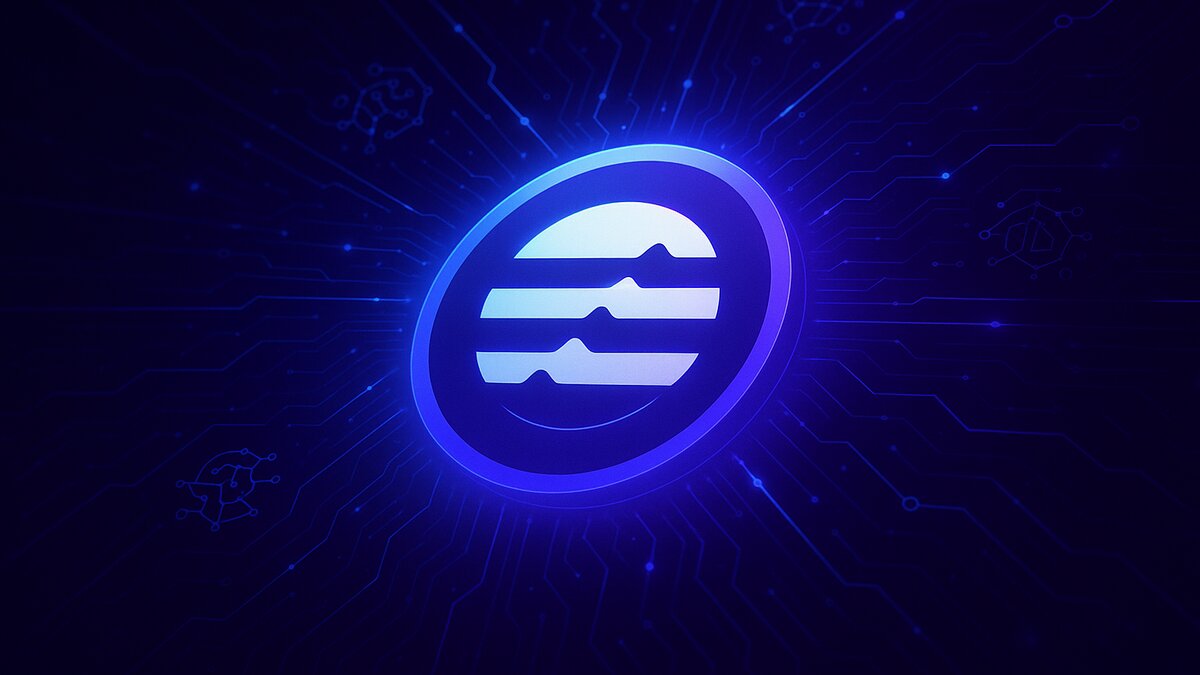The Future of Aptos Staking: Trends, Innovations, and Upcoming Features

Peering into the Crystal Ball: The Future of Aptos Staking
Aptos is a relatively new Layer 1 blockchain, but it launched with a robust architecture and a clear focus on scalability, security, and developer experience. Its staking mechanism is a core component of network security and offers APT holders a way to earn rewards. But what does the future hold for Aptos staking?
Predicting the future in the fast-paced world of cryptocurrency is challenging, but by observing current trends, technological advancements, and community discussions, we can identify potential innovations and upcoming features that could shape the future of Aptos staking. This article explores these possibilities.
For those new to the concept, understanding what delegated staking on Aptos is and our Aptos Staking Guide for Beginners provide excellent foundational knowledge.
1. Advancements in Liquid Staking
Aptos liquid staking is already gaining traction with protocols like Amnis Finance. We can expect this area to mature significantly:
- More Protocol Options: Competition will likely lead to more liquid staking providers, offering users a wider choice of features, fee structures, and underlying validator sets.
- Increased LST Integration in DeFi: Liquid Staking Tokens (LSTs like amAPT) will likely see deeper integration across a broader range of DeFi applications on Aptos – from lending/borrowing platforms to derivatives and structured products. This will enhance capital efficiency for stakers.
- Innovative LST Use Cases: We might see novel financial products built on top of Aptos LSTs, offering new ways to leverage staked APT.
2. Enhanced Staking Analytics and Tooling
As the ecosystem grows, the demand for more sophisticated tools for stakers and validators will increase:
- Improved Staking Dashboards: More comprehensive dashboards (both from individual providers like aptcore.one and community tools) offering detailed performance analytics, reward tracking, and validator comparison metrics.
- Reward Calculators and Simulators: More advanced Aptos staking reward calculators that can factor in various scenarios and network conditions.
- Validator Monitoring Tools: Better tools for delegators to monitor the performance and health of their chosen validators.
3. Evolution of Governance and Its Impact on Staking
On-chain governance plays a crucial role in the Aptos network. Staking is often linked to governance rights.
- Increased Staker Participation in Governance: Mechanisms might evolve to further incentivize or simplify staker participation in governance proposals that could affect staking parameters (e.g., reward rates, unbonding periods).
- Validator Governance Roles: The role of validators in the governance process might become even more significant.
4. Potential Adjustments to Staking Parameters
Network parameters related to staking are not set in stone and can be changed via governance:
- Reward Rate Adjustments: The base reward rate for staking APT could be adjusted based on network security needs, tokenomics, and overall ecosystem health.
- Changes to Minimum Stake or Lock-up: While the Aptos staking minimum is currently low, and lock-up/unbonding periods are defined, these could be revisited by governance in the future.
- Slashing Conditions: While Aptos's current slashing conditions are not overly aggressive for typical operational issues, the community might decide to implement more nuanced or stricter slashing for certain types of misbehavior to further enhance network security. Understanding Aptos staking risks will remain important.
5. Cross-Chain Staking and Interoperability
As interoperability solutions improve, we might see:
- Staking Aptos from Other Chains: Mechanisms that allow APT held on other blockchains (e.g., wrapped APT) to participate in Aptos staking, or vice-versa.
- Staked APT as Collateral in Cross-Chain DeFi: LSTs from Aptos could potentially be bridged and used in DeFi applications on other compatible networks.
6. Focus on Validator Diversity and Decentralization
Maintaining a healthy, decentralized set of validators is crucial for network security and resilience.
- Incentives for Smaller Validators: The Aptos Foundation or community might introduce programs or incentives to support smaller, independent validators to prevent stake centralization. Choosing your Aptos staking partner will continue to be a key decision for delegators.
- Geographic Distribution: Efforts to encourage a wider geographic distribution of validator nodes.
7. User Experience (UX) Enhancements
The Aptos ecosystem, including wallets like Petra and Martian, generally prioritizes good UX. We can expect continued improvements:
- Simpler Staking Interfaces: Even more intuitive ways to stake, manage delegations, and track rewards directly within wallets or on staking platforms like aptcore.one.
- Better Educational Resources: As the ecosystem grows, more high-quality educational content will emerge to help users understand staking.
Staying Ahead with aptcore.one
The future of Aptos staking looks dynamic and full of potential. At aptcore.one, we are committed to staying at the forefront of these developments, ensuring our platform remains secure, reliable, and user-friendly. We will continue to adapt to network changes and provide our delegators with the best possible staking experience.
While it's exciting to look ahead, it's also important to focus on current best practices for maximizing your Aptos staking rewards.